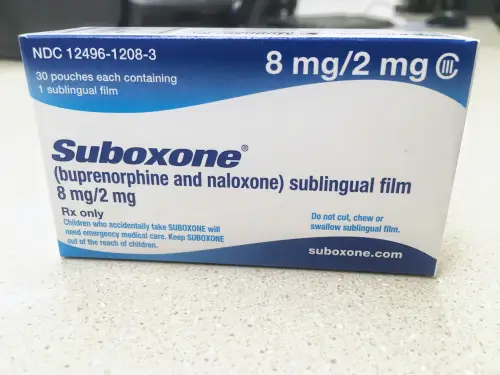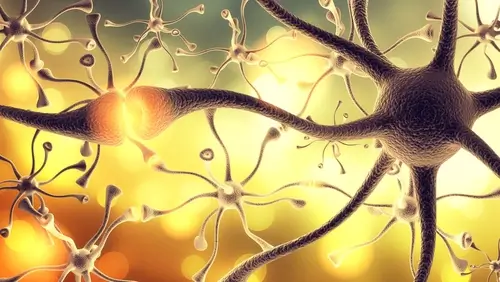Medication-Assisted Treatment (MAT) is a treatment method that combines prescription drugs with behavioral therapy and counseling to help individuals overcome substance use disorders.
What Is MAT?
MAT stands for medication-assisted treatment and involves combining prescribed medication with behavioral therapy. These FDA-approved medications help stabilize brain chemistry to reduce cravings and withdrawal symptoms. MAT is one of the most well-known treatments for substance use disorders, often used to treat alcohol, tobacco, and opioid addictions. Overall, it’s part of a comprehensive treatment plan tailored to an individual’s needs and goals.

How Does MAT Work?
Substance abuse affects the brain’s reward center and causes individuals to crave drugs and experience withdrawal symptoms when they try to quit. MAT medications target the same receptors in the brain as drugs of abuse.
Medications for Alcohol Use Disorder (AUD)
The most common medications used in MAT to treat an alcohol use disorder include acamprosate, disulfiram, and naltrexone. While they don’t cure the addiction, they can be particularly useful for individuals involved in a treatment program to help them manage withdrawal symptoms and feel safe while detoxing.
Medications for Opioid Use Disorder (OUD)
The most common medications for opioid use disorders include buprenorphine (Suboxone), methadone, and naltrexone. These medications specifically target short-acting opioids like heroin, codeine, and morphine, as well as semi-synthetic opioids such as hydrocodone (Vicodin) and oxycodone (Percocet or Oxycontin). As the medications target the opioid receptors in the brain, they can normalize brain chemistry and body functions, block the euphoric effects of opioids, and relieve cravings. Naloxone or Narcan is another MAT drug specifically used to rapidly reverse an opioid overdose.

MAT vs. Detox
MAT is often confused with detox. Both are different treatment methods.
MAT
- It’s a long-term treatment.
- It focuses on helping individuals overcome addiction.
- It includes the use of medication to manage cravings and withdrawal symptoms.
- It includes behavioral therapy and counseling to address the underlying causes of addiction.
Detox
- It’s a short-term treatment.
- It focuses on helping individuals safely withdraw from drugs or alcohol.
- It does not incorporate medication to treat addiction.
- It involves the use of medication to manage withdrawal symptoms.
How Long Does MAT Last?
The duration of medication-assisted treatment (MAT) is determined on a case-by-case basis based on the individual’s progress, level of support, and recovery goals. MAT can be a short-term treatment to help individuals safely withdraw from addiction or a long-term treatment to help individuals achieve and maintain long-term sobriety.
If an individual has successfully achieved their recovery goals and feels ready to discontinue MAT, a healthcare provider may gradually taper their medication dosage while providing other support services, such as counseling and behavioral therapy.
It’s important to note that stopping MAT abruptly can lead to withdrawal symptoms and increase the risk of relapse. Therefore, it’s crucial to work closely with a healthcare provider and follow their recommendations when making any changes to the MAT treatment plan.
Advantages Of MAT Programs
MAT can be used to treat various drug or substance use disorders. These include opioid, alcohol, and stimulant use disorder. MAT medications are safe and effective in treating these disorders and reducing the risk of overdose. There are several advantages of MAT, including the following:
- Reduced risk of overdose – MAT has been shown to reduce the risk of overdose in individuals with opioid addiction.
- Reduced risk of relapse – MAT makes it easier for addicts to stay on track to their recovery journey because the medication helps reduce cravings and withdrawal symptoms.
- Improved mental health – MAT helps to improve mental health outcomes by reducing symptoms of depression and anxiety.
- Improved outcomes – MAT has been shown to improve outcomes in addiction treatment. The possible results can be:
- Long-term recovery.
- Reduced drug use.
- Improved quality of life.
- Increased retention in treatment.
Side Effects of MAT
The most common side effects of MAT are related to the medications used in the treatment. Medications like methadone and buprenorphine can cause constipation, nausea, and vomiting. Other medications used in MAT, such as naltrexone, can cause headaches, dizziness, and insomnia.
In addition to physical side effects, MAT can also have psychological side effects. Some individuals may experience anxiety or depression when taking medication for addiction, particularly if they are in the early stages of recovery. Others may struggle with guilt or shame related to using medication to treat their addiction.
Note: The benefits of MAT typically outweigh the potential side effects, but individuals should discuss any side effects with their healthcare providers.
Eligibility Criteria For MAT
MAT is a treatment option for individuals struggling with substance use disorders. It’s important to note that MAT is not a one-size-fits-all solution, and eligibility depends on the medication used and the individual’s medical history. Before starting MAT, individuals undergo a comprehensive medical evaluation to determine if they are a good fit for the treatment.
The success rate of MAT can vary depending on the individual’s needs and goals and the quality of care they receive. But, when used as part of a comprehensive treatment plan, MAT can be an effective tool in helping individuals achieve and maintain recovery from substance use disorders.

Overcoming Stigma Associated With MAT
Some stigma can be associated with MAT (particularly in specific communities and certain populations). Overcoming this stigma needs a multi-faceted approach, including education, community outreach, and advocacy efforts. By raising awareness about the effectiveness of MAT, we can reduce stigma and ensure all individuals have access to the care and support they need to achieve long-term recovery.
Do you want to know how life feels like after addiction rehabilitation?
FAQs
How long should MAT be used?
The duration of MAT depends on individual needs and treatment goals.
Can individuals still participate in counseling and therapy while on MAT?
Yes, individuals on MAT can and should participate in behavioral health counseling and therapy.
Is it safe to drive heavy machinery while on MAT?
It is necessary to consult with a healthcare provider about safe activities.
Will MAT show up on drug tests?
MAT medications may appear on drug tests but are not flagged as illegal substances.
MAT At Launch Centers In Los Angeles, California
Ready to take control of your life? The initial move towards leading a more meaningful life is deciding to turn your life around with the assistance of a reliable treatment program. At Launch Centers in Los Angeles, California, we are committed to healing the mind, body, and spirit. We are dedicated to delivering you with the tools and resources needed to overcome addiction and build a fulfilling life in sobriety. Get the help you need.
Our experienced healthcare professionals understand the challenges faced by individuals struggling with addiction and offer personalized treatment plans tailored to your needs. Some of our services include evidence-based therapies, counseling services, medication-assisted treatment, and more.





